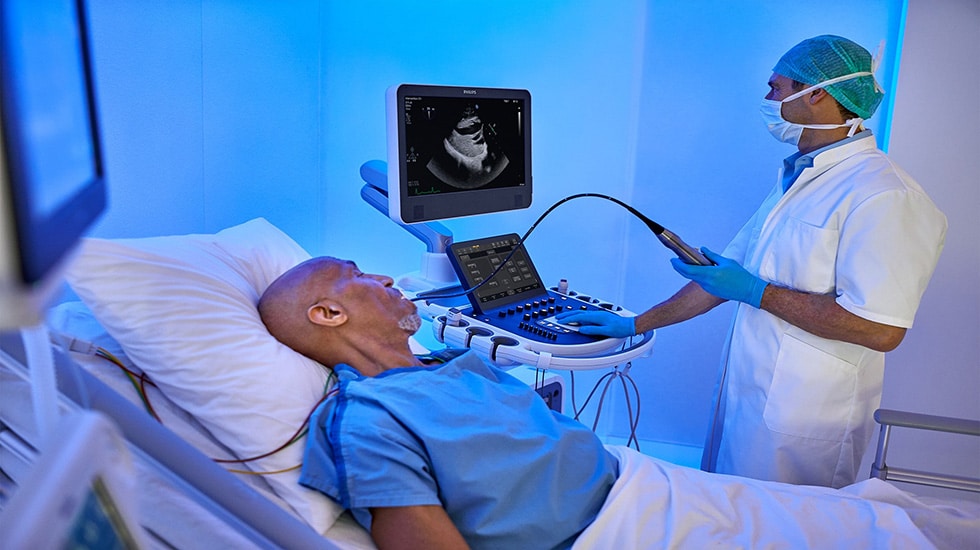Medical progress is crucial to saving lives and improving patient outcomes since heart disease remains one of the leading causes of death worldwide. One of the most significant developments in cardiac medicine is interventional cardiology, a branch of cardiology that focuses on minimally invasive methods to identify and treat various heart conditions. Interventional cardiology has transformed the management of cardiac disease by providing safer, quicker, and more efficient treatment choices via ongoing advancements.
Interventional Cardiology: What Is It?
By using catheter-based methods, interventional cardiologists can bypass open-heart surgery by entering the heart through the blood vessels, typically via the wrist or groin. This strategy reduces the risks and recovery periods associated with conventional surgical techniques. It is often used to treat congenital heart abnormalities, heart valve disorders, coronary artery disease, and other cardiovascular conditions.
Innovative Methods Transforming The Terrain
The use of interventional cardiology in treating heart disease has increased due to several novel approaches that have emerged in recent years.
1. Stents That Elute Drugs
The creation of drug-eluting stents has been one of the major advances in interventional cardiology. To restore blood flow, these small mesh tubes are placed into coronary arteries that have constricted or become clogged. Drug-eluting stents, in contrast to bare-metal stents, gradually release medicine that stops the artery from narrowing again, greatly lowering the risk of restenosis and enhancing long-term results.
2. Aortic Valve Replacement With Trans Catheterization (TAVR)
Treatment for aortic valve stenosis, a disorder in which the heart’s aortic valve narrows and obstructs blood flow, has been transformed by TAVR. In the past, this needed open heart surgery, which is riskier for people who are old or fragile. By using a catheter to replace the aortic valve, TAVR eliminates the need for open surgery. Patients who were previously thought to be incurable now have more therapy options because of this minimally invasive surgery.
3. Atherectomy Rotation
When coronary arteries are severely calcified, conventional balloon angioplasty cannot work. To improve stent insertion and blood flow restoration, rotational atherectomy employs a small drill with a diamond-coated burr to crush hardened plaque. In situations with complicated coronary artery disease that are difficult to treat normally, this method improves results.
4. Intravascular Imaging
During operations, advanced imaging technologies like optical coherence tomography (OCT) and intravascular ultrasonography (IVUS) provide comprehensive images of the interior of blood arteries. By using these technologies, interventional cardiologists may make more accurate choices about vessel size, stent placement, and plaque characterisation, resulting in safer and more effective procedures.
5. Techniques For Chronic Total Occlusion (CTO)
Complete blockages in the coronary arteries that remain more than three months, or CTOs, are notoriously difficult to repair. More patients may now benefit from revascularization and symptom alleviation because of much higher success rates for CTO treatments made possible by new customized wires, catheters, and imaging guidance.
Innovation In Interventional Cardiology’s Advantages
By decreasing the need for invasive surgery, lowering the risk of complications, and reducing hospital stays, these advancements have revolutionized patient care. Following operations, patients report less pain, quicker recovery periods, and an overall higher quality of life. Furthermore, these methods have increased the number of therapy choices available to high-risk individuals who would not have had many other options.
Interventional Cardiology’s Future
The field is still being advanced via research and development. Emerging technologies, such as robotic-assisted treatments and bioresorbable stents, which disintegrate when blood flow is restored, promise even greater accuracy and safety. Furthermore, advancements in imaging and device technology are likely to enhance the capabilities of interventional cardiology, leading to more individualized and efficient treatment of heart disease.
Conclusion
The remarkable developments in interventional cardiology, combined with the introduction of new techniques, have significantly transformed the treatment of heart disease. These advancements, which range from transcatheter aortic valve replacement (TAVR) and sophisticated imaging to drug-eluting stents, enable less invasive, more accurate, and more effective treatments. As technology continues to advance, patients and medical professionals can anticipate numerous innovations that will further enhance heart health and save lives.
